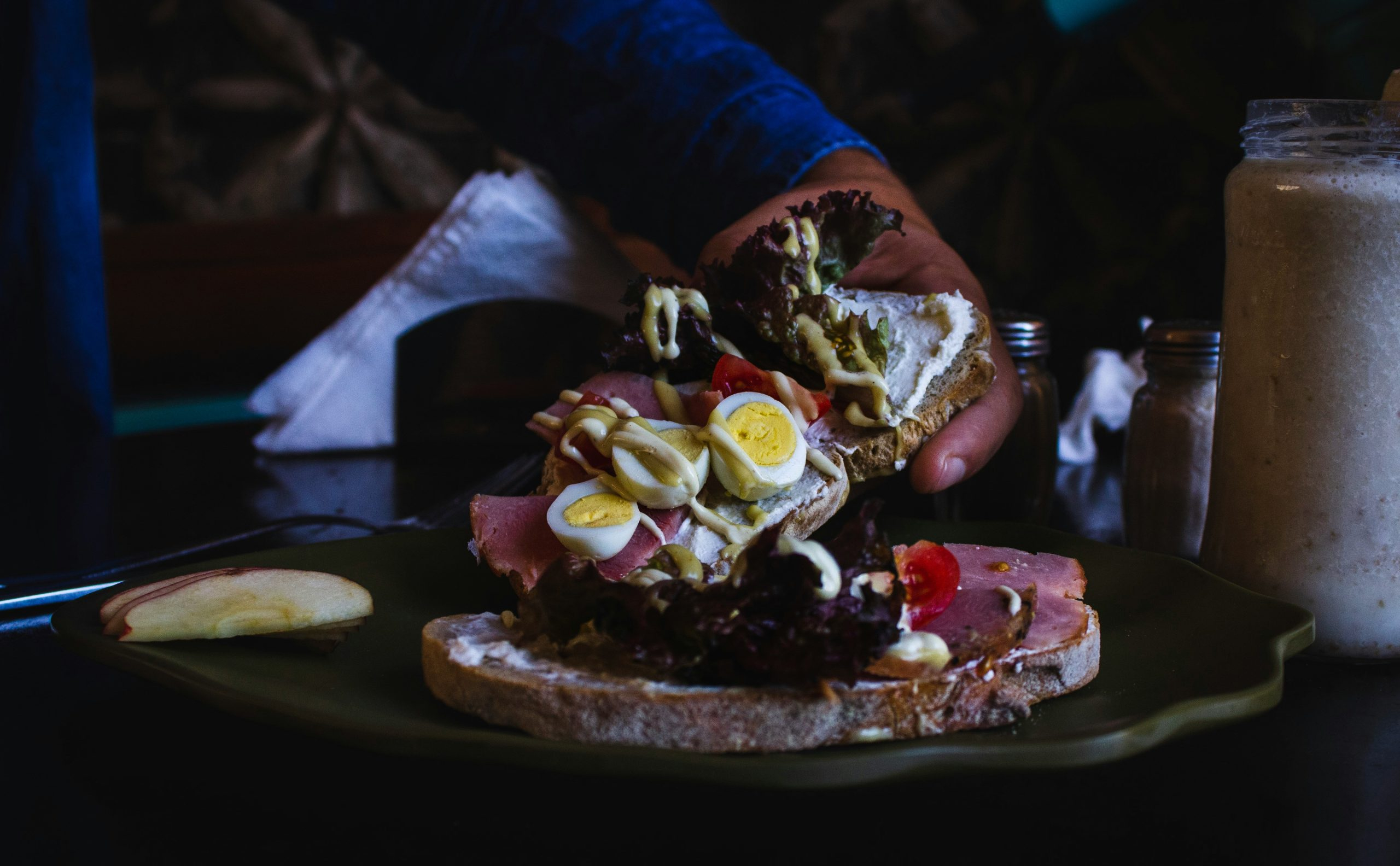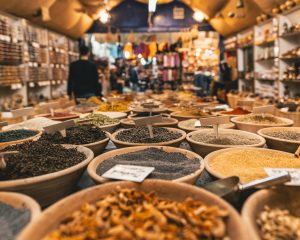Culinary Traditions Through the Decades: A Journey of Taste Evolution
From grand feasts of medieval kings to the gastronomic experiments of modern chefs, the evolution of culinary traditions has been a never-ending journey. Food is not just a source of sustenance, but also a reflection of cultural heritage and societal changes. Over the decades, with advancements in technology, transportation, and trade, flavors and ingredients have travelled across borders, giving rise to new culinary trends. Join us on a delectable journey through the ages as we explore the evolution of taste and the impact it has had on our palate.
The Ancient Times: A Blend of Necessity and Luxury
The Mesopotamians and Egyptians
The earliest known civilizations, the Mesopotamians and Egyptians, relied heavily on agriculture for their sustenance. Grains, fruits, and vegetables formed the primary components of their diets. However, it was the elite class that indulged in lavish feasts, showcasing their wealth and power through food. With globalization still non-existent, culinary traditions were largely influenced by local ingredients and techniques.
The Greeks and Romans
In contrast to the simple and utilitarian food of the Egyptians, the Greeks and Romans laid the foundation for gastronomy. Cooking became a form of art, and the skills of chefs were highly valued. The use of spices such as pepper and cloves, and the adoption of cooking techniques like roasting and grilling, added depth and variety to their cuisines. Banquets with multiple courses and extravagant dishes became a symbol of social status.
The Middle Ages: The Rise of Spices and Trade
The Medieval Period
The Middle Ages marked a significant shift in culinary traditions with the arrival of spices from the Far East. Trade routes were established, bringing exotic flavors such as cinnamon, ginger, and turmeric to Europe. These precious spices were highly sought after and considered a luxury only the wealthy could afford. The Crusades also introduced new ingredients like sugar, almonds, and apricots to the European palate.
The Renaissance
As the Renaissance period ushered in a renewed interest in art and culture, food also became a form of expression. The use of herbs, citrus, and vinegar in cooking was popularized, giving birth to the distinct Italian cuisine. The French also contributed to the evolving culinary world with their elaborate sauces and delicate pastries. Culinary schools and cookbooks emerged, providing a platform for chefs to share their creations.
The Modern Era: Globalization and Fusion
The Industrial Revolution
The Industrial Revolution brought about significant changes in the way we produce and consume food. Technological advancements made it possible to mass-produce food, making it more accessible to the masses. This also led to the standardization of recipes and the birth of fast food. However, it was also during this time that regional cuisines started to merge, giving rise to fusion cuisines like Tex-Mex and Indo-Chinese.
The 20th and 21st Centuries
The 20th and 21st centuries have witnessed unprecedented globalization, with people and cultures becoming more connected than ever. This has led to a diverse food landscape, with the fusion of flavors and cuisines from various parts of the world. Sustainability and healthy eating have also become important considerations, leading to the popularity of organic and plant-based diets. The rise of social media has also changed the way we perceive food, with visually appealing dishes dominating our feeds.
The Future of Food
As we continue to evolve, so will our food. With advancements in technology, we can expect to see more experimentation with alternative sources of protein, 3D printing of food, and personalized nutrition tailored to individuals’ unique needs. The impact of climate change will also play a significant role, with the need for sustainable and eco-friendly food production methods becoming more crucial than ever.
Culinary traditions have come a long way, from being a mere necessity to becoming a form of art and expression. As we celebrate our rich heritage of flavors and techniques, we must also embrace the changes and advancements that shape our palates. This journey of taste evolution reminds us that food is not just about sustenance, but a reflection of our ever-evolving society and culture.










